
API Gateway: Architecture, Patterns & Best Practices

Modern software architecture has evolved toward distributed systems composed of numerous microservices, each handling specific functionality and exposing APIs for interaction. As these systems grow in complexity, managing direct communication between clients and dozens or hundreds of backend services becomes unwieldy, creating challenges around security, monitoring, and operational consistency. API gateways have emerged as the architectural pattern that addresses these challenges, providing a unified entry point that centralizes cross-cutting concerns while simplifying client interactions with complex backend systems. This comprehensive guide explores API gateway architecture, security patterns, performance optimization strategies, deployment models, and best practices that enable building robust, scalable systems.
Understanding API Gateway Architecture
An API gateway functions as a reverse proxy that sits between clients and backend services, intercepting all incoming requests and routing them to appropriate destinations. This architectural pattern transforms the chaotic direct communication between clients and multiple services into an organized, manageable structure where the gateway handles common concerns that would otherwise be duplicated across every service. For cryptocurrency platforms where clients might access market data services, trading engines, analytics processors, blockchain indexers, and user management systems, the API gateway provides a single endpoint that orchestrates these interactions seamlessly.
The gateway's positioning at the network edge makes it the ideal location for implementing authentication, authorization, rate limiting, request transformation, response aggregation, and protocol translation. Rather than requiring each microservice to implement these capabilities independently, centralizing them in the gateway reduces code duplication, ensures consistency, and simplifies service implementation. Token Metrics leverages sophisticated API gateway architecture in its cryptocurrency platform, enabling developers to access comprehensive market data, AI-powered analytics, and blockchain intelligence through a unified interface while the gateway manages routing, security, and performance optimization behind the scenes.
Request routing forms the core responsibility of API gateways, mapping incoming requests to appropriate backend services based on URL paths, HTTP methods, headers, or request content. Simple routing might direct requests with paths beginning with /api/v1/cryptocurrencies to the market data service while routing /api/v1/trading requests to the trading engine. More sophisticated routing can implement canary deployments where a percentage of traffic routes to new service versions, A/B testing scenarios, or geographic routing directing users to regional service instances. For crypto API platforms serving global markets, intelligent routing ensures requests reach the most appropriate backend services based on multiple factors.
Service composition enables API gateways to aggregate responses from multiple backend services into unified responses, reducing the number of round trips clients must make. When a mobile application requests a comprehensive view of a user's cryptocurrency portfolio, the gateway might simultaneously query the portfolio service for holdings, the market data service for current prices, the analytics service for performance metrics, and the news service for relevant updates, combining all responses into a single response to the client. This composition capability dramatically improves performance for client applications while simplifying their implementation.
Core Gateway Functions and Responsibilities
Authentication verification ensures that clients provide valid credentials before accessing protected resources. The gateway validates tokens, API keys, or other credentials against identity providers, rejecting unauthenticated requests immediately without burdening backend services. Supporting multiple authentication schemes enables the same gateway to serve different client types, with API keys for server-to-server communication, OAuth tokens for third-party applications, and JWT tokens for mobile apps. For cryptocurrency APIs where security is paramount, centralized authentication in the gateway ensures consistent enforcement across all backend services.
Authorization enforcement determines whether authenticated clients have permission to access requested resources or perform requested operations. The gateway evaluates authorization policies based on user roles, resource ownership, subscription tiers, or custom business rules. For crypto trading platforms, authorization ensures users can only view their own portfolios, execute trades with their own funds, and access analytics features appropriate to their subscription level. Implementing authorization at the gateway creates a security boundary that protects backend services from unauthorized access attempts.
Rate limiting controls request volumes from individual clients to prevent abuse and ensure fair resource allocation among all users. The gateway tracks request counts per client identifier using techniques like token bucket algorithms that allow burst capacity while maintaining average rate limits. Implementing rate limiting at the gateway protects all backend services simultaneously while providing consistent enforcement. Token Metrics employs sophisticated rate limiting in its cryptocurrency API gateway, offering different limits for free, professional, and enterprise tiers while dynamically adjusting limits based on system load and client behavior patterns.
Request and response transformation enables the gateway to modify messages flowing between clients and services. Transformations might include adding or removing headers, converting between data formats, modifying request or response bodies, or translating between API versions. For cryptocurrency APIs evolving over time, the gateway can transform requests from clients using older API versions into formats expected by current backend services, maintaining backward compatibility without requiring backend changes. Response transformations similarly ensure clients receive data in expected formats regardless of backend implementation details.
Caching at the gateway level dramatically improves performance by storing responses to frequent requests and serving cached copies without invoking backend services. The gateway respects cache control headers from backend services while implementing its own caching policies based on URL patterns, request parameters, and business logic. For crypto APIs serving market data where current prices change rapidly but historical data remains static, intelligent caching can serve a high percentage of requests from cache while ensuring time-sensitive data remains fresh. Proper cache invalidation strategies maintain data accuracy while maximizing cache hit rates.
Security Patterns and Implementation
TLS termination at the gateway decrypts incoming HTTPS traffic, enabling inspection and modification before forwarding requests to backend services. This pattern simplifies certificate management by centralizing it at the gateway rather than distributing certificates across all backend services. The gateway can then establish new encrypted connections to backend services using mutual TLS for service-to-service authentication. For cryptocurrency platforms handling sensitive financial data, TLS termination enables security controls like request inspection and threat detection while maintaining end-to-end encryption.
Web application firewall capabilities integrated into API gateways protect against common attacks including SQL injection, cross-site scripting, and command injection. The WAF examines requests for malicious patterns, blocking suspicious traffic before it reaches backend services. Regularly updated rule sets defend against emerging threats while custom rules address application-specific vulnerabilities. For crypto APIs that attackers target for financial gain, WAF protection provides an essential security layer that complements application-level security controls.
DDoS protection mechanisms defend against denial-of-service attacks that attempt to overwhelm systems with request floods. The gateway implements rate limiting per IP address, geographic blocking when attacks originate from specific regions, connection limits, and request validation that rejects malformed requests. Cloud-based API gateways leverage provider infrastructure to absorb large-scale attacks that would overwhelm single-data center deployments. For cryptocurrency exchanges and trading platforms, DDoS protection ensures service availability during attacks that might coincide with market manipulation attempts.
API key management through the gateway provides secure credential distribution, rotation, and revocation. The gateway generates cryptographically secure keys, associates them with client accounts, tracks usage, and enables instant revocation if keys are compromised. Supporting multiple keys per account enables different applications or environments to use separate credentials, containing blast radius if individual keys are exposed. Token Metrics provides comprehensive API key management through its gateway, enabling developers to generate, rotate, and manage keys through self-service interfaces while maintaining security best practices.
IP whitelisting adds an additional security layer by restricting API access to requests originating from approved IP addresses. This control proves particularly valuable for server-to-server communications where clients have static IPs or for enterprise clients accessing cryptocurrency APIs from known corporate networks. Combining IP whitelisting with API keys creates defense in depth where attackers would need to compromise both credentials and network position to gain unauthorized access.
Performance Optimization Strategies
Connection pooling at the gateway maintains persistent connections to backend services, eliminating connection establishment overhead for each request. Rather than creating new connections for every backend call, the gateway reuses existing connections from managed pools. This optimization proves particularly impactful for high-throughput cryptocurrency APIs processing thousands of requests per second, as connection establishment latency would otherwise significantly impact overall response times.
Response compression reduces bandwidth consumption and improves transfer speeds by compressing responses before sending them to clients. The gateway negotiates compression algorithms with clients through Accept-Encoding headers, applying gzip or brotli compression to text-based responses like JSON. For cryptocurrency market data APIs returning large datasets, compression can reduce response sizes by 70-90 percent, dramatically improving performance especially for mobile clients on limited bandwidth connections.
Request batching combines multiple client requests into single backend requests when possible, reducing the number of service invocations and improving throughput. When clients request data for multiple cryptocurrencies, the gateway can batch these into a single backend query rather than making separate calls for each cryptocurrency. This optimization reduces backend load while improving overall system efficiency. Token Metrics implements intelligent request batching in its crypto API gateway, optimizing performance while maintaining the simplicity of individual requests for client applications.
Circuit breaker patterns prevent cascading failures by detecting when backend services experience problems and temporarily suspending requests to failing services. When error rates exceed thresholds, the gateway opens circuits and fails requests immediately rather than waiting for timeouts. This approach protects healthy services from being overwhelmed by retry attempts while failing services recover. For cryptocurrency APIs depending on multiple data sources, circuit breakers ensure that problems with individual sources don't compromise overall platform availability.
Adaptive load balancing distributes requests across backend service instances based on real-time metrics like response times, error rates, and resource utilization. Rather than simple round-robin distribution, adaptive algorithms route more traffic to healthy, responsive instances while reducing load on struggling instances. For crypto API platforms experiencing varying load patterns, intelligent load balancing maximizes throughput while maintaining consistent response times across all requests.
Gateway Deployment Models and Architecture
Cloud-managed API gateways provided by AWS API Gateway, Azure API Management, and Google Cloud Endpoints offer fully managed services that handle infrastructure, scaling, and operational concerns. These platforms provide high availability, automatic scaling, geographic distribution, and integration with cloud provider ecosystems. For cryptocurrency startups and growing platforms, managed gateways eliminate operational overhead while providing enterprise-grade capabilities. The trade-off involves less customization flexibility and potential vendor lock-in compared to self-hosted solutions.
Self-hosted gateway solutions like Kong, Tyk, and Apache APISIX provide maximum control and customization at the cost of operational responsibility. Organizations deploy these gateways on their own infrastructure, whether on-premise servers, cloud virtual machines, or Kubernetes clusters. This approach enables deep customization, avoids vendor lock-in, and provides complete control over data flow. For cryptocurrency exchanges and institutions with strict regulatory requirements around data residency and control, self-hosted gateways provide necessary flexibility and compliance capabilities.
Hybrid architectures combine cloud and on-premise components, placing gateways in cloud environments while backend services run on-premise or vice versa. This model addresses scenarios where legacy systems must remain on-premise while new services deploy to cloud, or where data residency requirements mandate certain services remain in specific locations. For established financial institutions entering cryptocurrency markets, hybrid gateways enable gradual cloud adoption while maintaining existing infrastructure investments.
Edge gateway deployments place gateway instances geographically close to users, reducing latency by minimizing the physical distance requests travel. Content delivery networks with programmable edge computing enable deploying gateway logic at hundreds of locations worldwide. For cryptocurrency platforms serving global markets where traders demand minimal latency, edge deployments ensure consistent low-latency access regardless of user location. Token Metrics leverages globally distributed infrastructure to ensure developers worldwide experience fast, reliable access to cryptocurrency market data and analytics.
Microgateway patterns deploy lightweight gateways alongside application services rather than using centralized gateways. Each microservice or small service cluster has a dedicated gateway handling its specific concerns. This approach reduces single points of failure and enables independent scaling of gateway capacity. For large cryptocurrency platforms with diverse service types, combining traditional gateways for external traffic with microgateways for internal service mesh provides optimal flexibility and performance.
Design Patterns and Best Practices
Backend for frontend pattern creates specialized gateway instances optimized for specific client types like mobile apps, web applications, and third-party integrations. Each BFF gateway aggregates and transforms data specifically for its client type, eliminating unnecessary data transfer and providing client-optimized APIs. For cryptocurrency platforms serving both retail traders through mobile apps and institutional clients through specialized APIs, BFF patterns enable optimizing each interface without compromising others.
API versioning through the gateway enables supporting multiple API versions simultaneously while backend services evolve independently. The gateway routes requests to appropriate service versions based on version indicators in URLs, headers, or request content. Maintaining multiple active versions enables gradual client migration to new APIs without forced upgrades. For crypto APIs where trading bots and automated systems might require extended support for legacy versions, gateway-managed versioning provides necessary flexibility.
Request validation at the gateway rejects malformed requests before they reach backend services, reducing backend load and improving security. The gateway validates request structure, data types, required fields, and value ranges against OpenAPI specifications or custom validation rules. For cryptocurrency trading APIs where invalid orders could cause problems, comprehensive validation ensures only well-formed requests reach trading engines. Early validation also provides better error messages to developers, improving the development experience.
Response aggregation patterns enable the gateway to combine data from multiple services into unified responses. GraphQL gateways exemplify this pattern, allowing clients to specify exact data requirements across multiple backend services through single queries. For crypto portfolio applications requiring data about holdings, current prices, historical performance, and related news, aggregation eliminates multiple round trips and improves application responsiveness.
Graceful degradation strategies ensure API gateways continue serving requests even when some backend services fail. The gateway might return partial responses excluding unavailable data, serve stale cached data, or provide default values for missing information. For cryptocurrency market data platforms where some data sources might temporarily fail, graceful degradation maintains overall service availability while individual components recover. Token Metrics implements comprehensive resilience patterns ensuring its crypto API remains available even when facing infrastructure challenges.
Analytics and Monitoring Integration
Request logging at the gateway captures comprehensive information about all API traffic including request details, response status, timing information, and client identifiers. Structured logs enable powerful querying and analysis of usage patterns, error trends, and performance characteristics. For cryptocurrency APIs, analyzing request logs reveals which endpoints receive highest traffic, which cryptocurrencies are most popular, and when traffic patterns change during market events. These insights guide capacity planning, feature prioritization, and performance optimization efforts.
Metrics collection and aggregation provide real-time visibility into gateway and API performance. Essential metrics include request rates, response time distributions, error rates broken down by type, cache hit rates, and backend service health. Time-series databases efficiently store metrics for analysis and alerting. For crypto API platforms, metrics reveal how system performance varies during market volatility and help identify optimization opportunities. Token Metrics maintains comprehensive metrics across its cryptocurrency API infrastructure, enabling proactive performance management and capacity planning.
Distributed tracing connects requests flowing through gateways to backend services and external dependencies, providing end-to-end visibility into request processing. Traces reveal which components contribute most to overall latency, identify bottlenecks, and expose unexpected dependencies. For complex cryptocurrency platforms where requests might touch dozens of services, distributed tracing proves invaluable for understanding and optimizing system behavior. OpenTelemetry provides vendor-neutral instrumentation that works with various tracing backends.
Alerting systems notify operations teams when problems occur, enabling rapid response before users experience significant impact. Alerts trigger when metrics exceed thresholds like error rate spikes, response time degradation, or backend service failures. For cryptocurrency trading platforms where downtime directly impacts financial outcomes, proactive alerting and rapid incident response minimize user impact. Integrating alerts with incident management systems ensures proper escalation and coordination during outages.
Business analytics derived from API traffic provide insights into user behavior, feature adoption, and business performance. Analyzing which endpoints clients use most frequently, which features drive upgrades to paid tiers, and how usage patterns correlate with user retention informs product strategy. For crypto API providers, understanding which analytics endpoints, cryptocurrencies, or features drive the most value helps prioritize development investments. Token Metrics leverages API analytics to continuously improve its cryptocurrency intelligence platform based on actual usage patterns and client needs.
Rate Limiting and Quota Management
Tiered rate limiting implements different limits for different user categories, typically free tier users with restrictive limits, paid users with moderate limits, and enterprise clients with high or unlimited limits. This approach enables providing free access for evaluation and small projects while monetizing heavy usage. For cryptocurrency APIs, tiered limits balance accessibility for individual developers with the need to sustain infrastructure costs from high-volume users. Token Metrics offers multiple tiers optimized for different use cases from hobbyist developers to institutional trading systems.
Quota management tracks cumulative usage over longer periods like days or months, preventing users from exhausting resources through sustained high usage even if they stay within instantaneous rate limits. Monthly quotas complement per-second or per-minute rate limits, providing overall usage boundaries. For crypto APIs offering plans with specific request allowances, quota management ensures fair resource allocation and enables predictable infrastructure scaling.
Rate limit communication through response headers keeps clients informed about their current consumption and remaining capacity. Standard headers like X-RateLimit-Limit, X-RateLimit-Remaining, and X-RateLimit-Reset enable intelligent client behavior like self-throttling and request scheduling. For cryptocurrency trading applications making time-sensitive requests, understanding rate limit status enables optimizing request patterns to avoid throttling during critical moments.
Burst allowances using token bucket algorithms permit short-term traffic spikes while maintaining average rate limits. Clients accumulate tokens over time up to a maximum bucket size, spending tokens for each request. This flexibility accommodates bursty usage patterns common in cryptocurrency applications where users might make rapid sequences of requests during market analysis followed by quiet periods.
Geographic and IP-based rate limiting can implement different limits based on request origin, addressing regional abuse patterns or compliance requirements. For crypto APIs, implementing stricter limits for regions experiencing high abuse rates protects system availability while maintaining generous limits for legitimate users. Combining multiple rate limiting dimensions provides nuanced control over API access patterns.
Service Mesh Integration
Service mesh architectures extend API gateway concepts to internal service-to-service communication, providing consistent policies for all traffic within the system. Popular service meshes like Istio and Linkerd handle authentication, encryption, load balancing, and observability transparently to application code. For cryptocurrency platforms with complex microservices architectures, service meshes complement external-facing gateways by securing and monitoring internal communications.
Mutual TLS authentication between services ensures that only authorized services can communicate, preventing attackers who penetrate the perimeter from freely accessing internal systems. The service mesh automatically handles certificate distribution, rotation, and validation. For crypto platforms where internal services handle sensitive trading data and financial operations, mutual TLS provides essential security for service-to-service communications.
Traffic management capabilities in service meshes enable sophisticated routing, retries, timeouts, and circuit breaking for internal communications. These capabilities complement gateway-level controls by applying resilience patterns throughout the entire system. For cryptocurrency APIs where complex request flows span multiple services, end-to-end traffic management ensures reliability and predictable behavior.
Observability integration provides comprehensive visibility into both external traffic through gateways and internal service communications through meshes. Unified dashboards showing end-to-end request flows from client to all touched services enable holistic performance optimization. For crypto platforms, complete observability across gateway and mesh reveals optimization opportunities that focusing on either layer alone would miss.
Real-World Use Cases in Cryptocurrency
Cryptocurrency exchanges deploy sophisticated API gateways managing high-frequency trading APIs, market data distribution, and user account operations. The gateway handles authentication for millions of users, rate limiting for different account types, request routing to regional trading engines, and response aggregation combining order status with market data. Security controls in the gateway protect against attacks targeting trading systems and prevent unauthorized fund withdrawals.
Blockchain analytics platforms use API gateways to provide unified access to data across multiple blockchain networks. The gateway routes requests to appropriate blockchain indexers, aggregates cross-chain data, transforms blockchain data formats into consistent responses, and caches frequently accessed information. For platforms like Token Metrics offering comprehensive cryptocurrency intelligence, the gateway orchestrates access to AI-powered analytics, market predictions, token grades, and blockchain data through a coherent developer interface.
DeFi aggregators employ API gateways to integrate with numerous decentralized finance protocols, providing unified interfaces to lending platforms, decentralized exchanges, and yield farming opportunities. The gateway handles protocol-specific authentication, translates between different protocol APIs, aggregates best rates across platforms, and implements security controls protecting users from malicious contracts. For users navigating the complex DeFi landscape, gateways simplify interactions with otherwise fragmented protocols.
Crypto payment processors use gateways to accept cryptocurrency payments through simple APIs while managing blockchain interactions behind the scenes. The gateway validates payment requests, routes to appropriate blockchain services, monitors transaction confirmations, handles network fee calculations, and converts between cryptocurrencies and fiat. For merchants accepting crypto payments, the gateway abstracts blockchain complexity into standard payment APIs similar to credit card processing.
Portfolio management platforms deploy gateways aggregating data from exchanges, wallets, and blockchain networks to provide comprehensive portfolio views. The gateway authenticates with each data source using appropriate credentials, normalizes data formats, calculates aggregated metrics, and caches to minimize external API calls. Token Metrics leverages sophisticated gateway architecture to deliver unified access to its extensive cryptocurrency analytics, enabling developers to build portfolio tracking and investment management applications.
Operational Excellence and Maintenance
Health checking and auto-recovery mechanisms ensure gateway availability through continuous monitoring and automatic failover. The gateway performs health checks on backend services, removing unhealthy instances from rotation and restoring them when they recover. Self-health monitoring detects gateway problems and triggers automated restarts or failovers. For cryptocurrency APIs requiring high availability, comprehensive health checking maintains service even during infrastructure failures.
Configuration management through infrastructure as code enables consistent gateway deployments across environments and facilitates disaster recovery. Version-controlled configurations document all gateway settings including routing rules, security policies, and rate limits. For crypto API platforms, configuration as code provides audit trails for security-sensitive settings and enables rapid recovery from configuration errors. Token Metrics maintains rigorous configuration management ensuring consistency across its globally distributed gateway infrastructure.
Capacity planning based on usage analytics and growth projections ensures gateways can handle increasing traffic. Analyzing historical usage patterns reveals growth rates and seasonal variations. For cryptocurrency APIs where usage can spike dramatically during market volatility, capacity planning must account for sudden traffic increases far beyond normal patterns. Auto-scaling capabilities enable dynamic capacity adjustment based on real-time load.
Security updates and patch management keep gateway software protected against vulnerabilities. Managed gateway services handle updates automatically while self-hosted gateways require operational processes for timely patching. For crypto platforms where security vulnerabilities could enable theft or market manipulation, staying current with security updates becomes critical. Establishing maintenance windows and deployment pipelines ensures timely updates without service disruption.
Future Trends and Emerging Patterns
GraphQL gateways provide flexible query interfaces where clients specify exact data requirements across multiple backend services. Rather than consuming fixed REST endpoints, clients compose queries requesting specific fields from multiple data sources. For cryptocurrency applications needing diverse data combinations, GraphQL gateways eliminate overfetching and underfetching problems inherent in REST APIs while maintaining backend flexibility.
AI-powered gateways leverage machine learning for intelligent routing, anomaly detection, and predictive scaling. Models analyze traffic patterns to optimize routing decisions, detect unusual behavior suggesting attacks or bugs, and predict capacity needs ahead of demand. For crypto API platforms, AI-enhanced gateways can detect market manipulation attempts, optimize performance during volatility, and provide personalized rate limits based on usage patterns.
Serverless gateway architectures deploy gateway functionality on serverless platforms, enabling automatic scaling and paying only for actual usage. This approach eliminates capacity planning concerns and reduces operational overhead. For cryptocurrency startups and projects with variable traffic, serverless gateways provide cost-effective solutions that scale automatically from zero to massive scale.
Zero trust architectures eliminate the concept of trusted internal networks, requiring authentication and authorization for every request including internal service communications. Gateways in zero trust models enforce strict policies for all traffic regardless of origin. For crypto platforms handling valuable assets, zero trust principles provide defense in depth against both external attacks and insider threats.
Conclusion
API gateways have evolved from simple reverse proxies into sophisticated platforms that centralize cross-cutting concerns, simplify client interactions, and enable operational excellence for complex distributed systems. Understanding gateway architecture, security patterns, performance optimization techniques, deployment models, and best practices enables building robust, scalable cryptocurrency platforms and applications. The gateway's position at the system edge makes it ideal for implementing consistent policies across all services while providing visibility into system behavior through comprehensive analytics.
Token Metrics demonstrates excellence in API gateway implementation, providing developers with seamless access to comprehensive cryptocurrency intelligence through a unified, secure, high-performance interface. The gateway orchestrates access to market data, blockchain analytics, AI-powered predictions, and token ratings while handling authentication, rate limiting, and performance optimization transparently. By implementing the patterns and practices outlined in this guide and leveraging well-architected crypto APIs like those provided by Token Metrics, developers can build sophisticated cryptocurrency applications that deliver exceptional user experiences while maintaining security and reliability.
As cryptocurrency markets mature and applications grow more complex, API gateways will continue evolving with new capabilities and patterns. The fundamental value of centralizing cross-cutting concerns, simplifying client interactions, and providing operational visibility remains constant even as specific technologies advance. Development teams that master API gateway architecture and implementation position themselves to build scalable, maintainable cryptocurrency platforms that meet the demanding requirements of modern financial applications operating in global, 24/7 digital asset markets.

.svg)

Create Your Free Token Metrics Account

.png)




%201.svg)
%201.svg)


%201.svg)



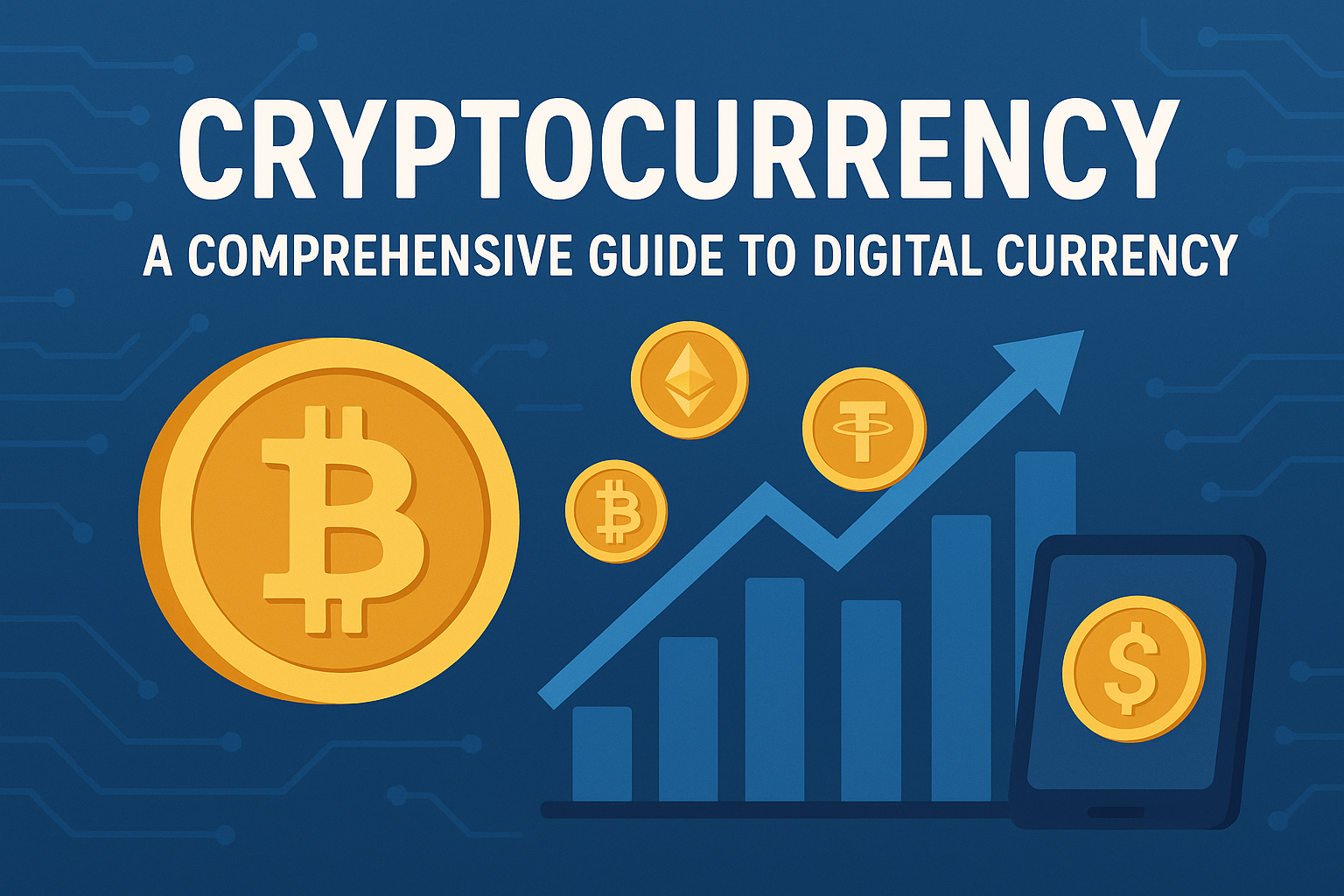

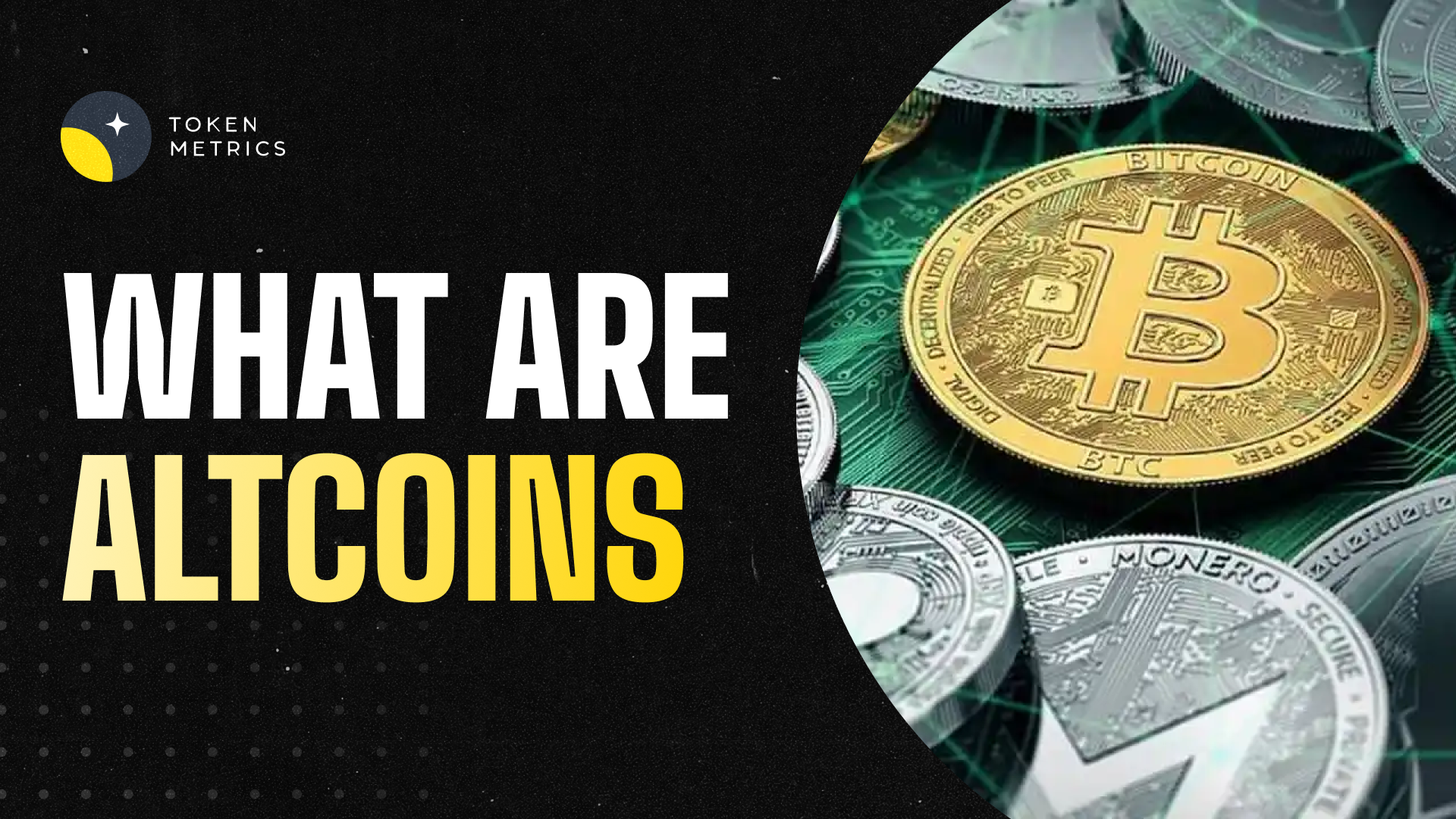
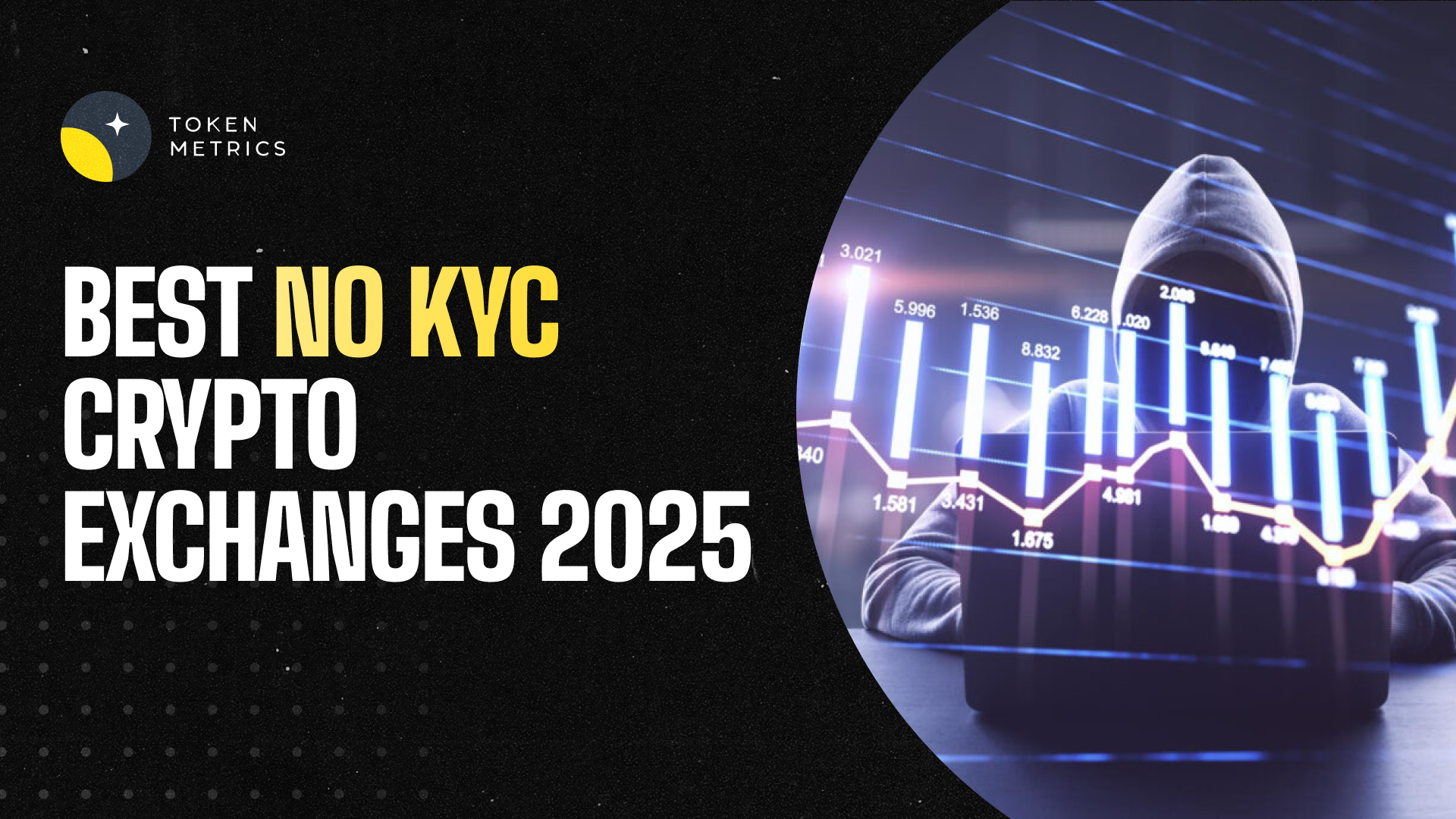


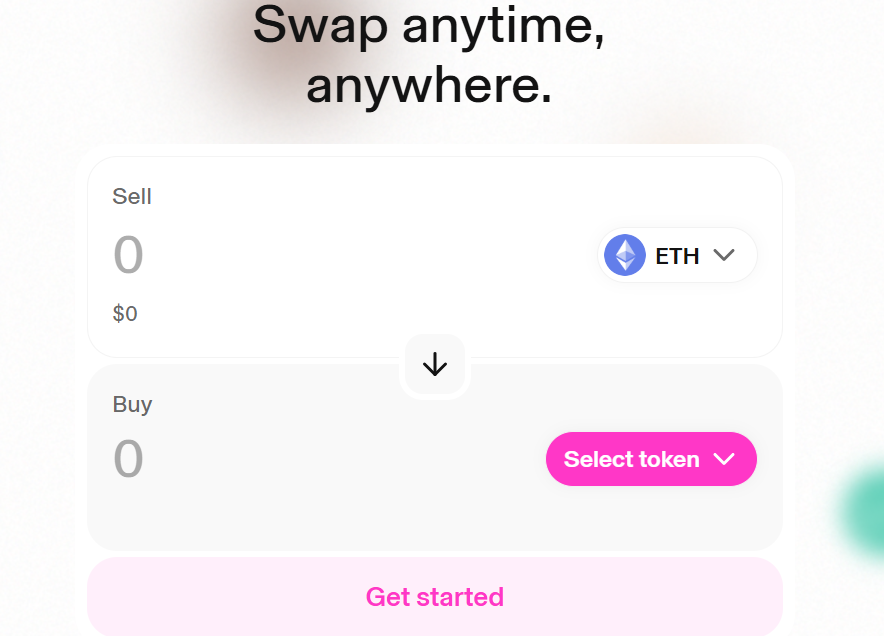
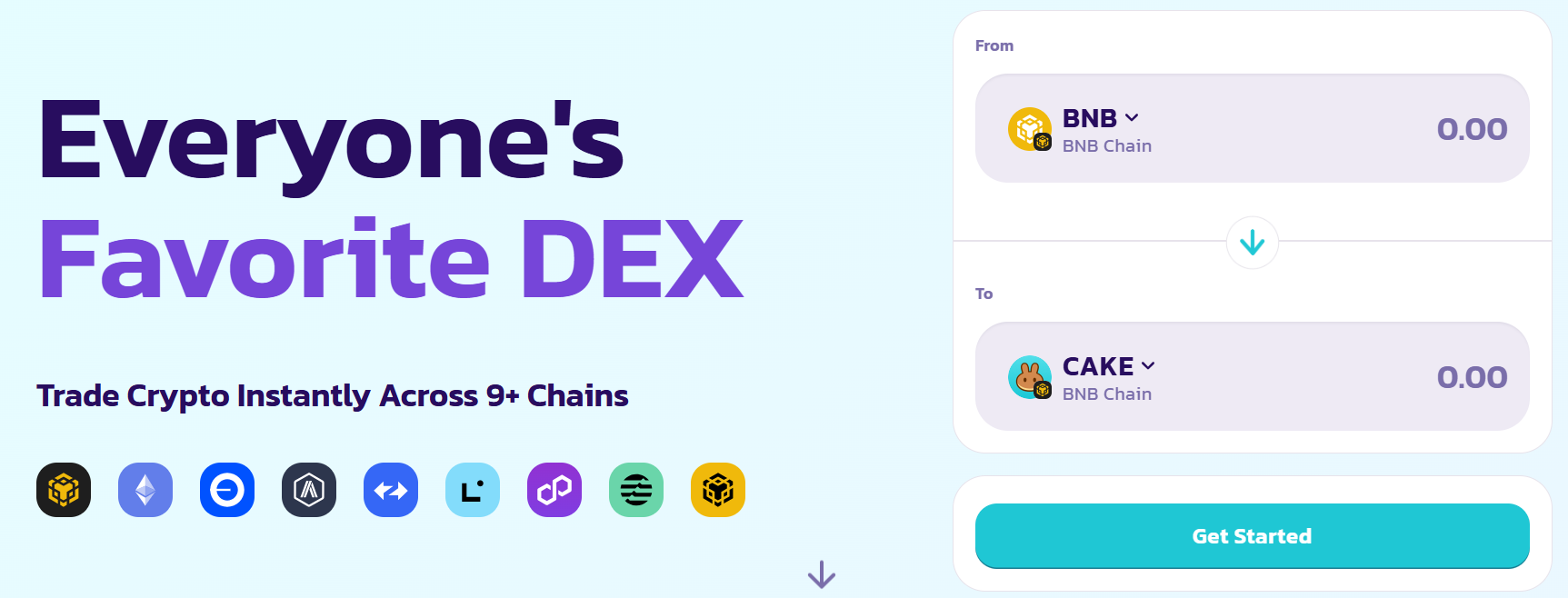
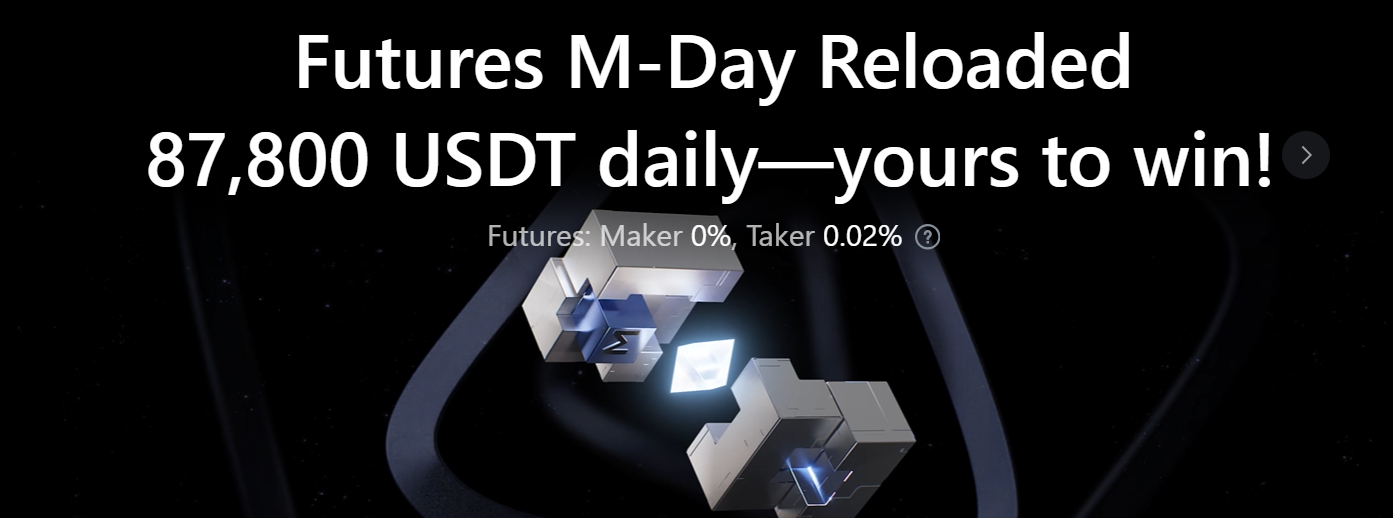

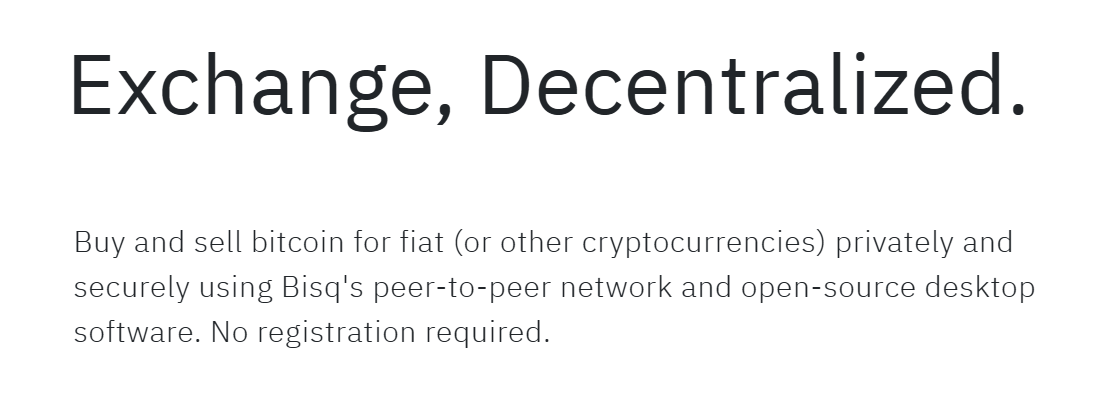
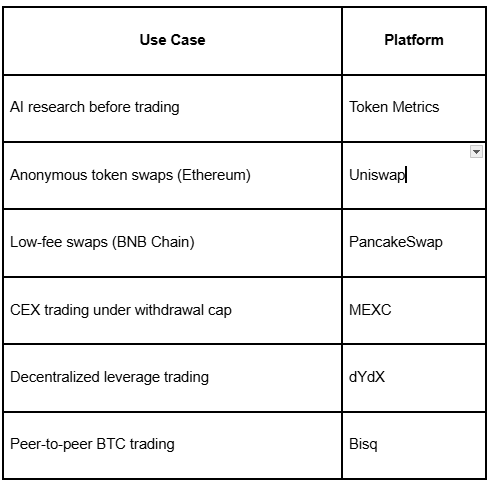



.svg)




.png)